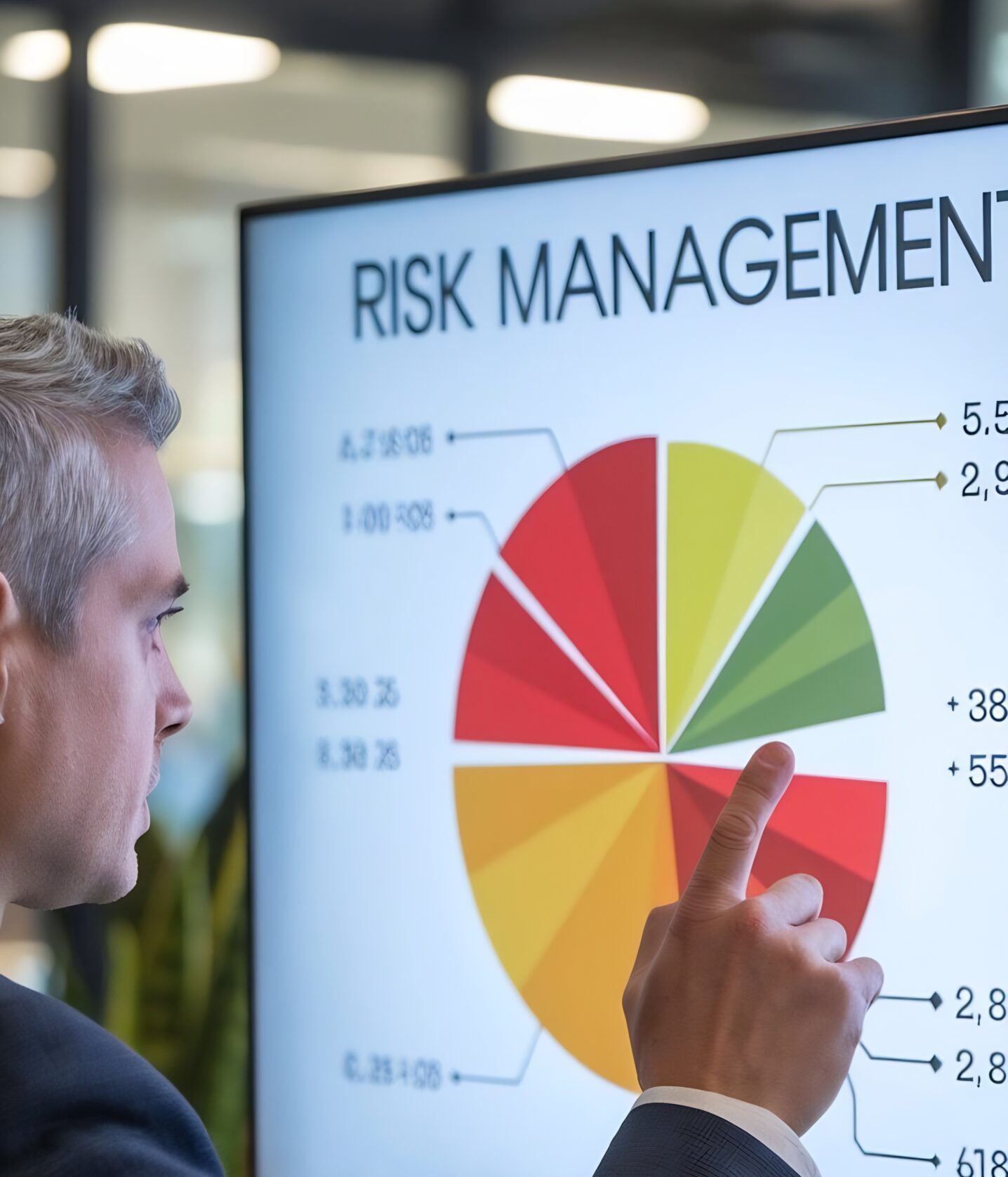
Risk Management Strategies Every Project Manager Should Know
Effective risk management is critical to the success of any project. It helps project managers anticipate potential challenges and minimize the impact of uncertainties. By applying appropriate strategies, risks can be identified, assessed, and mitigated, ensuring that the project remains on track. Here are essential risk management strategies every project manager should know:
- Risk Identification
The first step in managing risks is to identify them early. This involves brainstorming potential risks that could affect the project, both internal and external. Common risks include budget overruns, schedule delays, technical failures, resource shortages, and stakeholder conflicts. Tools like SWOT analysis (Strengths, Weaknesses, Opportunities, Threats) or a risk breakdown structure can be useful in this process. - Risk Assessment and Prioritization
Once risks are identified, the next step is to assess and prioritize them based on their potential impact and likelihood. Not all risks require immediate attention. Project managers should use a risk matrix to categorize risks into four levels: low impact/low likelihood, low impact/high likelihood, high impact/low likelihood, and high impact/high likelihood. Focusing on high impact/high likelihood risks ensures that the most significant threats are addressed first. - Risk Mitigation
Mitigation involves taking proactive steps to reduce the impact or likelihood of a risk. For example, if a project is at risk of delays due to limited resources, a mitigation strategy could involve securing additional resources in advance or adjusting the project timeline to accommodate potential setbacks. Having contingency plans in place can also prevent minor issues from escalating into major problems. - Risk Avoidance
Risk avoidance aims to completely eliminate the threat by altering the project plan. This may involve changing project scope, objectives, or timelines to avoid high-risk situations. For instance, if a certain technology is deemed too risky due to its complexity or unproven track record, the project team might opt for a more reliable solution. - Risk Transfer
In some cases, risks can be transferred to third parties. This is commonly done through insurance policies, outsourcing certain tasks, or using contractual agreements. For example, a construction project may transfer the risk of accidents or damage to an insurance company, or a software development project may outsource certain high-risk components to specialized vendors. - Risk Sharing
For complex projects, it might be beneficial to share risks with other parties, such as project partners or stakeholders. This strategy involves distributing the responsibility for managing certain risks across multiple entities. By sharing the burden, project teams can reduce the individual impact and increase the likelihood of successful outcomes. - Risk Acceptance
Sometimes, risks are unavoidable or too costly to mitigate, and the project team may decide to accept them. This strategy is suitable for risks with low potential impact or likelihood. In these cases, the project continues as planned, with an understanding that the risk may materialize, but the consequences are manageable. However, it’s crucial to monitor accepted risks throughout the project lifecycle to ensure they don’t escalate unexpectedly. - Regular Risk Monitoring and Review
Risk management is not a one-time process but an ongoing activity. Risks should be continuously monitored, with regular reviews to assess any changes in their likelihood or impact. New risks can emerge as the project progresses, and existing risks may evolve. By keeping the risk register up to date and maintaining open communication with the team and stakeholders, project managers can quickly adapt to changing circumstances. - Developing a Risk Response Plan
A risk response plan is a detailed action plan outlining how to respond to specific risks if they occur. Each identified risk should have a corresponding response strategy—whether it’s mitigation, avoidance, or acceptance. The plan should include clear steps, responsibilities, and timelines for addressing each risk. - Involving Stakeholders in Risk Management
Stakeholders play a crucial role in risk management, as they often have valuable insights and concerns about the project. Engaging stakeholders early in the risk management process ensures that their perspectives are considered and that they are aligned with the project’s risk strategy. Regular communication with stakeholders can also help identify new risks and gain their support in managing challenges.
Conclusion
Effective risk management is essential for project success. By identifying, assessing, and addressing risks proactively, project managers can reduce uncertainty and improve project outcomes. Whether through mitigation, transfer, or acceptance, having a clear strategy for managing risks ensures that projects stay on track and within scope. By continuously monitoring risks and involving key stakeholders, project managers can navigate even the most complex challenges with confidence.


